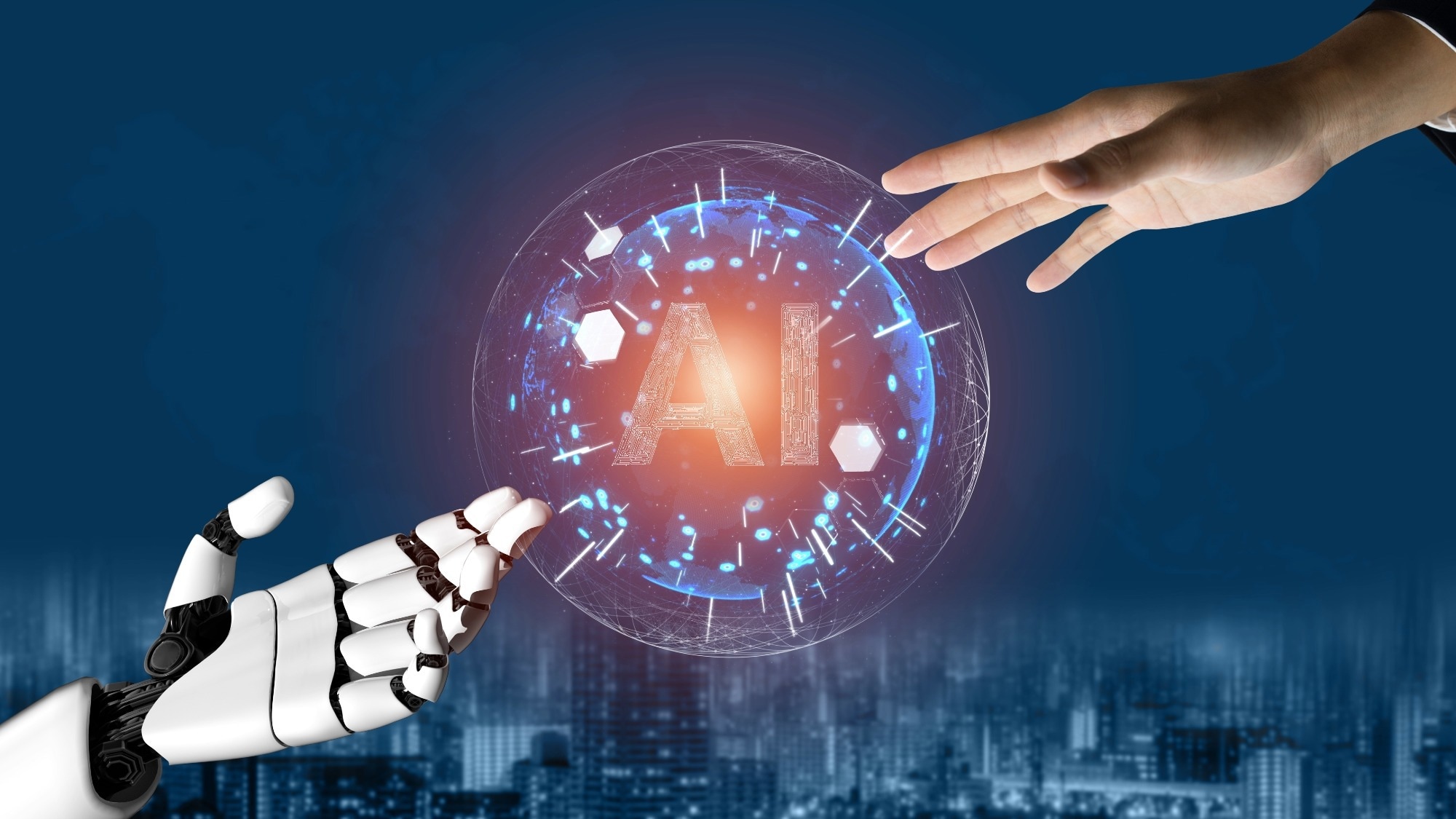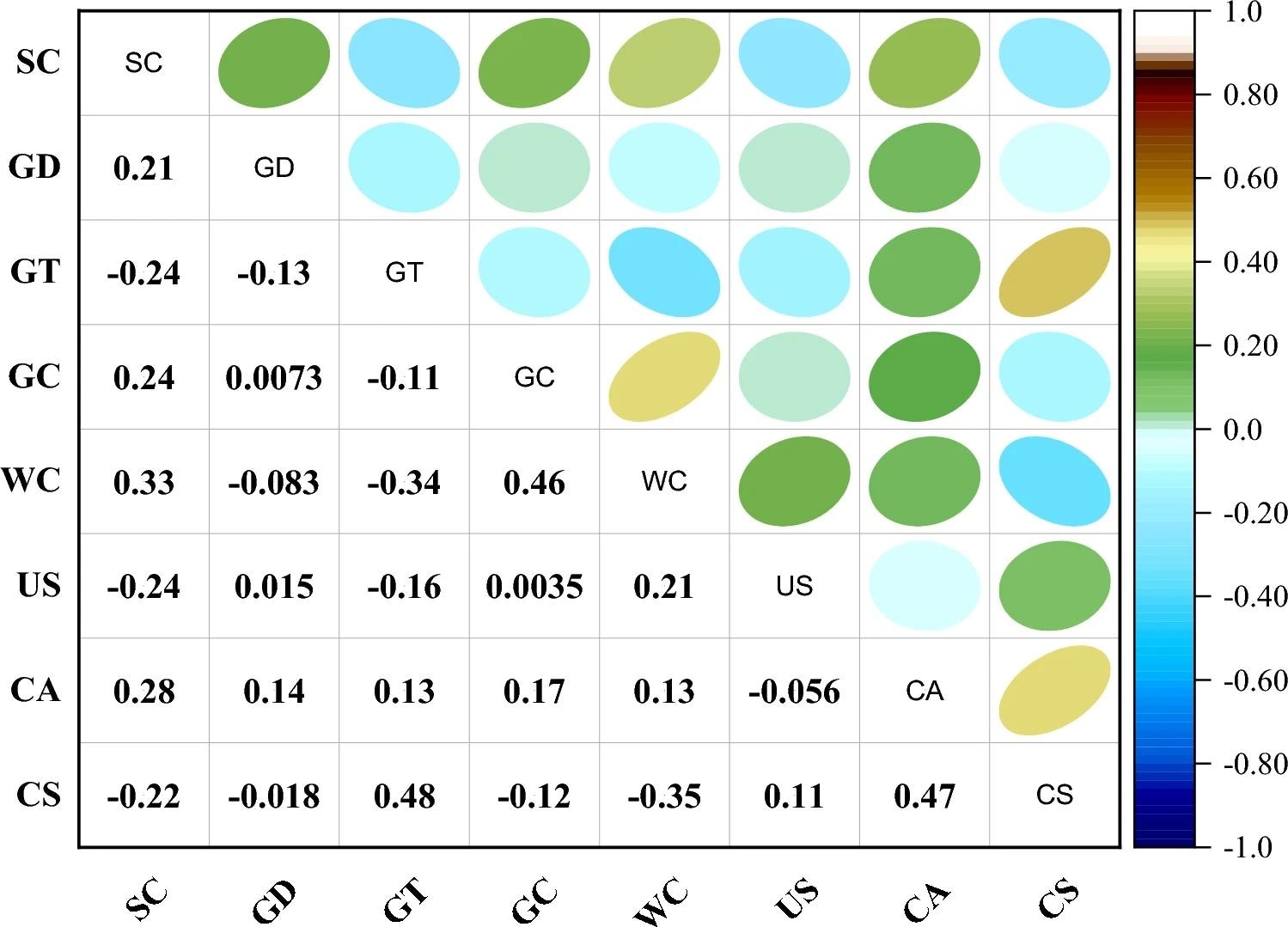In a paper published in the journal Scientific Reports, researchers explored the use of machine learning (ML) methods to predict the compressive strength (CS) of cementitious composites reinforced with graphene nanoplatelets (GrNs). They employed four ML models—decision tree (DT), categorical boosting machine (CatBoost), adaptive neuro-fuzzy inference system (ANFIS), and light gradient boosting machine (LightGBM)—using a dataset of 172 data points.
 Image Credit: Summit Art Creations/Shutterstock
Image Credit: Summit Art Creations/Shutterstock
The CatBoost model demonstrated exceptional accuracy. Shapley additive explanation (SHAP) analysis revealed that GrN thickness significantly influences CS. The study highlights the potential of ML models to replace labor-intensive experiments in predicting concrete properties.
Background
Past work has explored incorporating nanomaterials like GrN into cement composites to enhance their properties. Despite extensive studies on various nanomaterials, more research is needed on using ML to predict the CS of GrN-reinforced cementitious composites (GrNCC). Challenges include the high non-linear behavior of GrN in composites and the need for more conventional modeling methods to capture complex multiscale interactions. Additionally, mechanical tests' time-consuming and costly nature limits extensive experimentation with different GrN concentrations.
Data Compilation and Preprocessing
The team conducted a comprehensive literature review to gather experimental results on the CS of GrNCC, resulting in a database of 172 data points from various published articles. The input variables were selected based on key factors influencing CS, identified in the literature. These inputs include raw material properties (sand content, GrN diameter, GrN thickness, GrN content), GrN suspension method (ultrasonication), and testing age. The output property is the CS of GrNCC.
Preprocessing required splitting the data into training and testing sets and locating and eliminating anomalies. The dataset was then normalized to mitigate bias. Pearson's correlation coefficient was used to explore relationships between input parameters, ensuring no multi-collinearity issues with R-values below 0.8. Graphene nanoplatelet thickness and curing age demonstrated the most substantial positive correlations with compressive strength.
Conversely, the water-to-cement ratio demonstrated the most significant negative correlation among the variables investigated, underscoring their profound impact on the mechanical characteristics of graphene-reinforced cementitious composites. The statistical analysis of input variables further improved database understanding.
The analysts employed four ML techniques: DT, LightGBM, CatBoost, and ANFIS. DT iteratively divides data based on input attributes for classification and regression tasks, using measures like Gini impurity. LightGBM uses gradient-based one-sided sampling for faster training and reduced memory usage. CatBoost, designed for categorical features, integrates predictions from multiple models to prevent overfitting. ANFIS integrates neural networks with fuzzy logic through a structured five-layer framework, enabling adaptive learning of intricate non-linear relationships between input and output features.
Hyperparameter optimization through an iterative process enhanced the models' prediction power. Performance metrics such as mean absolute error (MAE), correlation coefficient (R), root mean square error (RMSE), and a10-index assessed model efficacy. Based on cooperative game theory, the SHAP method was employed for model interpretability. SHAP values uniquely quantify each predictor's contribution to model predictions, enhancing transparency and understanding of the factors influencing model outputs. This approach promotes model improvement and instills confidence in decision-making based on complex ML models.
Predicting CS in GrNCC
The study delved into predicting the CS of GrNCC through a meticulous approach integrating experimental data, ML techniques, and rigorous statistical analysis. Initial efforts included a thorough literature review to compile a dataset of 172 data points from various sources, focusing on key input variables that influence CS based on previous research. These variables encompass material properties such as sand content, GrN dimensions (diameter and thickness), GrN content, and process factors like ultrasonication and testing age.
 Correlation heatmap of the dataset. Image Credit: https://www.nature.com/articles/s41598-024-64204-3
Correlation heatmap of the dataset. Image Credit: https://www.nature.com/articles/s41598-024-64204-3
Data preprocessing was essential to refine the dataset, involving outlier detection, division into training and testing sets, and normalization to ensure unbiased model training. Statistical methods such as Pearson's correlation coefficient were utilized to explore relationships among input parameters, highlighting significant positive correlations between GrN thickness, curing age, and CS while identifying a notable negative correlation with the water-to-cement ratio.
Four ML models were optimized to predict CS, with performance evaluated using metrics like RMSE, MAE, R-values, and the a10 index. The CatBoost model emerged as the most effective, demonstrating superior accuracy in both training and testing. SHAP analysis enhanced transparency, showing how variables like GrN dimensions and curing age influence CS predictions. A user-friendly GUI was developed for practical application, providing an accessible tool for engineers and researchers to predict CS in graphene-reinforced cementitious materials.
Conclusion
To sum up, this research used ML models to estimate the CS of GrNCC, employing 172 data points from experimental studies. The CatBoost model demonstrated the highest prediction accuracy. SHAP analysis identified GrN thickness as the most influential factor on CS. A GUI was developed for practical application. The study suggests expanding the dataset and exploring additional interpretation techniques and evolutionary algorithms to enhance model precision.
Journal reference:
- Fawad, M., et al. (2024). Indirect Prediction of Graphene Nanoplatelets-Reinforced Cementitious Composites Compressive Strength by Using Machine Learning Approaches. Scientific Reports, 14:1, 14252. DOI: 10.1038/s41598-024-64204-3, https://www.nature.com/articles/s41598-024-64204-3